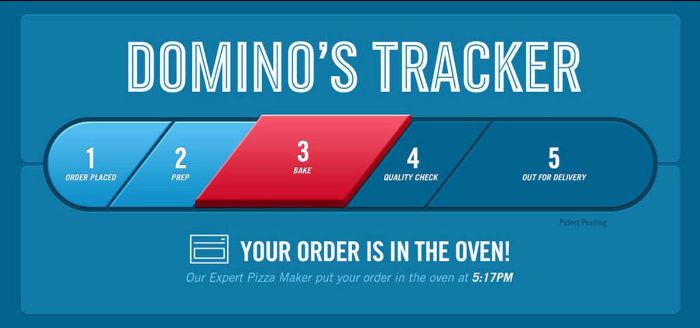Adopt an agile and iterative approach. This allows the organization to learn quickly, make necessary adjustments, and respond to changes in the environment. Digital transformation is a continuous process of evolution and improvement, not a one-time event.
The Benefits of Iterative Transformation
An iterative, agile approach breaks down transformation initiatives into smaller increments that can be implemented and tested rapidly. Each iteration focuses on a specific capability and refines it based on feedback before moving to the next increment.
The benefits of this approach include:
- Faster time-to-value: Rather than waiting months or years for a complex “big bang” deployment, your organization can start realizing benefits in weeks or months.
- Flexibility: Requirements can be reassessed and priorities changed based on regular feedback.
- Continuous user validation: Regularly collect user feedback to ensure you are delivering relevant value.
- Lower risk: Smaller iterations means less wasted effort if changes are required.

Case Study: An Iterative Transformation Success
An MIT Sloan study on digital transformation found that companies that take an iterative approach have an 80% success rate, versus only 30% for companies relying on traditional waterfall methodology.
For example, Domino’s Pizza embarked on an iterative digital transformation focused on enhancing the customer experience. They started by launching online pizza ordering back in 2007, allowing customers to bypass phone orders. This first iteration was a big success, prompting Domino’s to iterate further by adding mobile app ordering and GPS tracking.
After several agile cycles of customer-focused innovations, Domino’s saw tremendous results. According to then CEO Patrick Doyle, the company went from recording $6 billion in global sales in 2011 to $12 billion in 2016, with over 60% of orders now coming from digital channels. Domino’s transformation exemplifies how an iterative approach can lead to major competitive advantages.

Getting Started with Iterative Transformation
How can your organization adopt this iterative approach? Here are some key steps:
- Start small: Focus your first iteration on a narrow capability that can deliver value quickly.
- Measure results: Collect data and feedback to objectively assess each iteration’s impact.
- Review and adjust: Analyze results from each cycle and prioritize what to tackle next.
- Continuously improve: Build on what worked and learn from what didn’t for ever-improving capabilities.
By taking it step-by-step, your digital transformation efforts will be nimble, customer-focused, and set up for long-term evolution. With each cycle, you move one step closer to becoming a truly digital organization. Start small, deliver value, test and learn. Iterative transformation works.
Join me in the conversation about digital transformation or other technology leadership topics. Follow me on Twitter/X or subscribe to get my articles via Medium. If you would like to reach out and see how can I help your organization, please feel free to contact me.